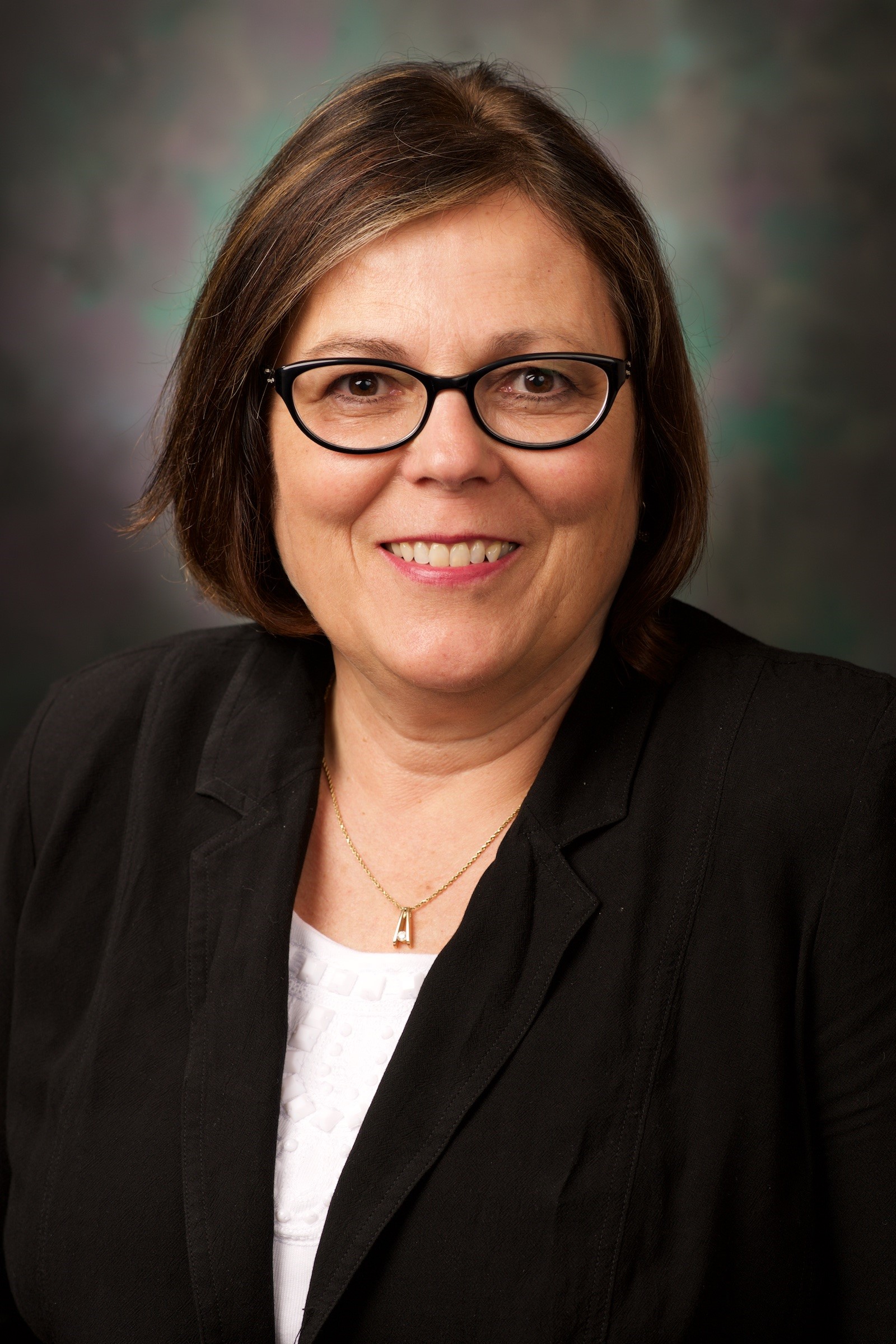Rose, my dear colleague, I would recommend working with a speech and language pathologist who has knowledge and partnership with the Deaf and Deafblind community. Peggy Miller from the Texas School for the Deaf is Austin is a speech pathologist who is fluent in ASL but also teams with Deafblind teams. In the case that you are referring to, the student is using a formal communication and looking at Deaf, hearing and Deafblind language norms would be helpful for getting an assessment on his skills. Other questions to ask: Does he communicate with multiple partners? Using multiple forms? Does he have efficient ways to refuse, request, comment, inform/question. This student is very social and does he have access to peer partners who are Deaf, Deafblind and hearing? Does he have methods for communicating sometimes with hearing partners who don't sign? I know he has many partners who do sign and use TASL. There is also a researcher at Gallaudet University who I can put you in touch with but she is a linguist and not a practitioner. You are amazing, Rose! Keep doing it!
Amy Parker - 12/2/2016

